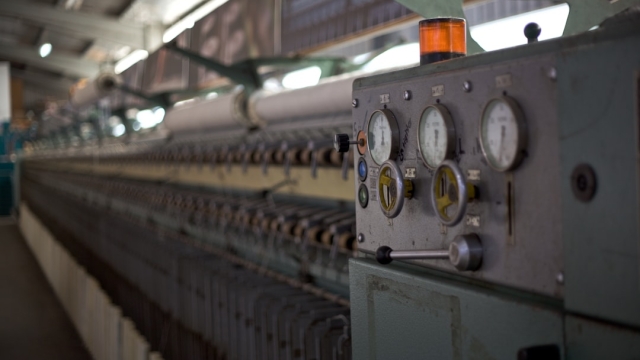
Dissolvable film technology has emerged as an innovative solution across various industries, offering unique benefits and applications. This technology utilizes thin films made from water-soluble polymers, which dissolve when in contact with moisture. The materials often employed in these films include polyvinyl alcohol (PVA), gelatin, and starch, among others. These films are engineered to provide a versatile platform for delivering products effectively and sustainably.
Applications of Dissolvable Films
Dissolvable films find utility in numerous fields, demonstrating their adaptability and effectiveness. Below are several key applications:
Pharmaceutical Industry
In the pharmaceutical sector, dissolvable films are used for drug delivery, providing a method for administering medication in a precise and efficient manner. These films can encapsulate active ingredients, allowing for rapid disintegration and absorption in the body. This method is particularly advantageous for patients who have difficulty swallowing pills, as the films can be formulated to dissolve quickly on the tongue.
Food Packaging
The food industry also benefits from dissolvable film technology. Films can be designed to safely package food items, ensuring freshness while reducing waste. Since these films are often biodegradable, they present an environmentally friendly alternative to traditional plastic packaging. They can dissolve in water, leaving no harmful residues, which aligns well with sustainability initiatives.
Personal Care Products
In personal care, dissolvable films are gaining traction for their use in items like mouthwash strips and breath freshening products. These films allow for convenient, on-the-go applications that are easy to use and dispose of. The formulation of these strips can be tailored to deliver specific benefits, such as breath freshening or oral hygiene.
Benefits and Challenges
The utilization of dissolvable films comes with several advantages. They offer precise dosage control in pharmaceuticals, reduce packaging waste in food applications, and enhance user convenience in personal care products. Additionally, these films can be customized in terms of flavor, color, and release rates, which further broadens their appeal. However, there are challenges associated with dissolvable film technology. One significant issue is the stability of the films under varying environmental conditions. Humidity and temperature can affect their performance, potentially leading to premature dissolving or degradation. Furthermore, the production costs associated with some dissolvable films can be higher compared to conventional materials, which may limit their widespread adoption in certain markets.
Leading Manufacturers and Innovations
As the demand for dissolvable film technology grows, several manufacturers are at the forefront of innovation in this field. Companies focus on developing new formulations and improving the performance characteristics of their products. These manufacturers are also exploring eco-friendly materials to enhance the sustainability of their offerings. In addition to traditional manufacturers, start-ups are entering the market with fresh ideas and applications for dissolvable films. This influx of creativity is driving advancements that could lead to more efficient production methods and wider applications across various sectors.
| Industry | Application | Benefits |
|---|---|---|
| Pharmaceutical | Drug delivery | Easy administration, precise dosage |
| Food | Packaging | Reduced waste, biodegradable |
| Personal Care | Mouthwash strips | Convenience, on-the-go use |
In conclusion, dissolvable film technology represents an exciting advancement in material science with significant potential across multiple industries. As innovations continue to emerge, the ability to provide sustainable, effective solutions will likely enhance the appeal of these films. For those interested in exploring specific products or further information related to dissolvable film technology, resources are available to delve deeper into this fascinating field.





